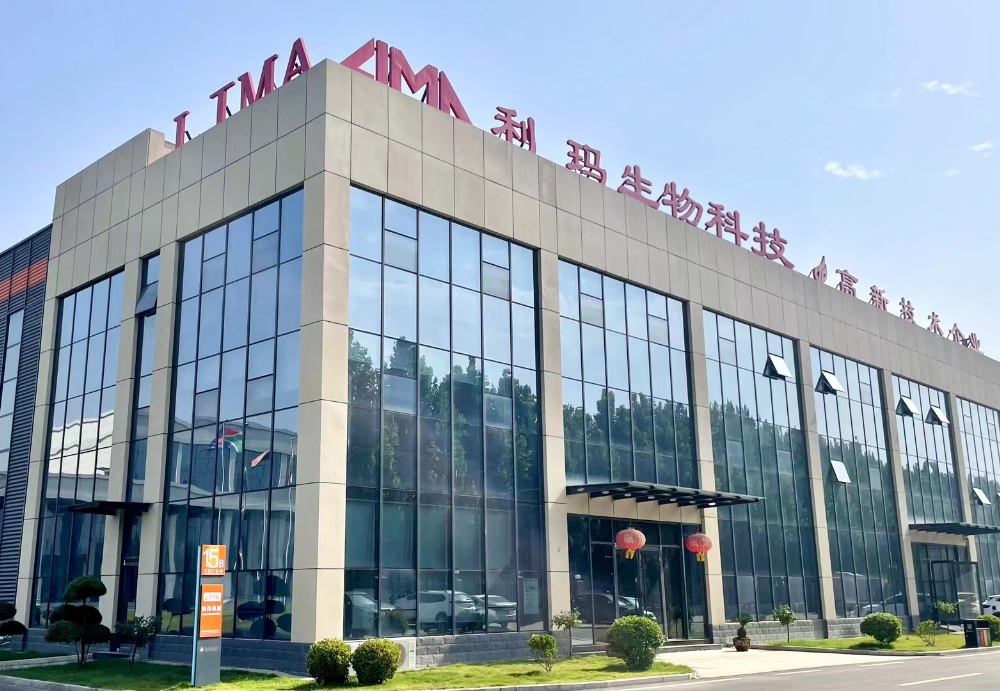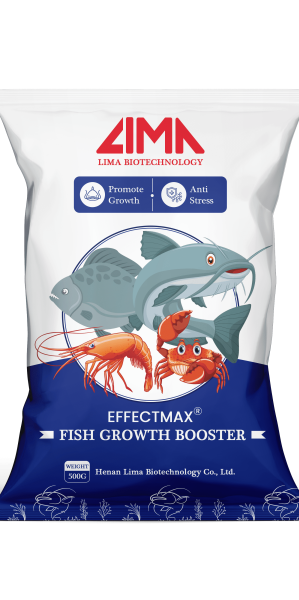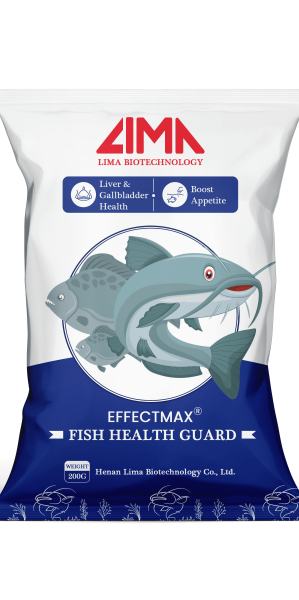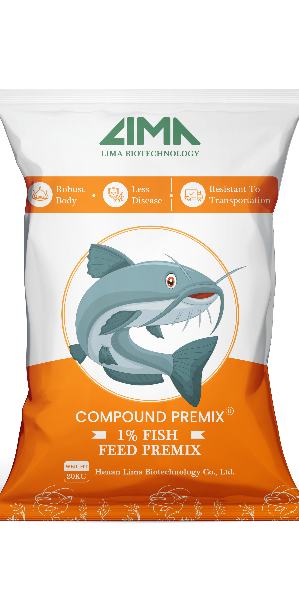Catfish (Catfish) is a very popular farmed fish, which not only has tasty meat and high market demand, but also has strong adaptability. For farmers, how to make catfish reach a larger size in a shorter time is a key issue to improve the efficiency.
Types of Catfish Species for Farming
Not all catfish are suitable for efficient aquaculture, the growth characteristics of the species directly determines your farming cycle and income. Among the current mainstream farmed catfish varieties, some focus on “fast-growth” and some focus on “large-size”, which need to be selected according to your farming goals.
Spotted Fork Catfish (Channel Catfish): one of the most popular varieties, the advantage of fast growth, adaptability (low-temperature resistance, disease resistance), and tender meat, stable market demand. Both novice farmers and large-scale farms can easily manage it, and it is a “stable” choice.
Blue Catfish (Blue Catfish): Known for its large size, adult catfish can exceed 10 kilograms, which is suitable for farms pursuing “large-size commercial fish”. However, its growth rate is slightly slower than that of the spotted catfish, and it requires a longer breeding cycle, which is more suitable for farmers who have patience and aim at the high-end market.
Flathead catfish (Flathead Catfish): excellent meat quality, leisure fishing and high-end catering “meat and potatoes”, but the growth rate is slower, and the water quality requirements are high, suitable for small batch, high value-added specialties, not recommended for novice large-scale farming.
Hybrid catfish (spotted catfish × blue catfish): in recent years, the “star varieties”, inherited the spotted catfish “fast-growing genes” and blue catfish “large size potential”, while disease resistance Stronger, higher feed conversion rate, is the pursuit of “fast and high yield” of the optimal solution.
How to Choose the Right Catfish
priority to see the “growth rate”: if you want to shorten the cycle, choose hybrid catfish or spotted catfish;
combined with market demand: local preference for small-size fish on the choice of spotted catfish, preference for large-size on the choice of blue catfish or hybrid catfish;
match their own conditions: newcomers or lack of experience in the management of the choice of adaptability of the spotted catfish; Experienced and can control the water quality, can try hybrid catfish.
Reasons your Catfish are not Growing Well
Poor Water Quality
Water quality is the primary factor affecting the growth of catfish. Insufficient dissolved oxygen, high carbon dioxide and abnormal pH will inhibit growth.
Keeping the water clean, changing the water regularly and ensuring sufficient dissolved oxygen are important measures to improve the growth rate.
Poor Quality or Inadequate Feed
Low-quality, adulterated feeds can lead to slow growth or even death. Catfish need high protein and balanced nutrition.
It is recommended that farmers purchase feeds from regular channels or make their own scientific formulas to ensure the nutritional needs of catfish at different growth periods.
Poor quality of Fry
Poor quality fry often have low growth potential and poor disease resistance. Quality fish fry should be from reliable sources with good genetic properties.
Selecting healthy and vigorous fry is a prerequisite for rapid weight gain.
Excessive Stocking Density
Over-intensive stocking will lead to increased competition for food and oxygen, and even the situation of big fish eating small fish.
Refer to the stocking density:
Rough culture: 1-4 fishes/m2
Semi-intensive culture: 4-10 fishes/m2
Intensive culture: more than 10-100 fishes/㎡.
Sex Factor
Male catfish usually grow faster than females because females consume a lot of energy in spawning.
The use of all-male culture can significantly improve the overall growth rate.
Health Problems
Malnutrition, disease, and stress can slow down growth.
Therefore, it is important to maintain a healthy fish population with good daily management and disease prevention.
Many farmers think that “3 Months to 2 Kilograms of Catfish” is a fantasy, but in fact, it can be achieved by mastering the following 5 tips - which have been verified by many experienced farmers This is the “Fast Breeding Method” which has been proven by many experienced farmers.
Use the “first batch of fry”: Half the battle is won By innate superiority
Fry with excellent genetic properties usually grow faster. Although the price may be higher, the return on investment is greater.
High-quality “first batch fry” (the earliest hatched fry in the same hatchery) and “second batch fry” are seldom sold to the public - because these fry have the best genetic performance and grow more than 30% faster than ordinary fry by more than 30%.
If you want to raise “fast-growing fish”, you either have to pay a high price to buy the first batch of fry from a reliable hatchery, or build a small hatchery facility to control the quality of the fry.
Add “High-protein Supplements”: don't just Feed Basic Feed
Basic feed can satisfy the catfish's “basic needs”, but if you want it to “grow out of the box”, you need to supplement with additional high-protein Bait - note, “supplement” not “replace” the base feed.
We recommend 3 cost-effective supplements:
Blood meal: 80% crude protein, rich in lysine, can promote muscle development, feed 2-3 times per week, each time accounting for 10% of the feeding amount;
Moringa leaves: fresh moringa leaves contain about 25% protein, also rich in vitamins A and C, can improve immunity, chopped and mixed feed, each time accounting for 5-8%;
cabbage: chopped and fed to supplement the dietary fiber, to help digestion, to avoid inflammation of the intestines, can be fed 1-2 times per week. It can be fed 1-2 times a week.
Reminder: Don't use bread and cookies as supplements! These foods only have carbohydrates, no protein, can only temporarily fill the fish's stomach, can not promote growth, long-term feeding will also lead to fish malnutrition,such as Fish Growth Booster
Change wWater Frequently
Aging water is the biggest obstacle to “fast growth” -- fish feces and bait residues will decompose in the water, producing ammonia and nitrite, which will inhibit fish feeding and metabolism.
Correct water change frequency:
Spring (water temperature 15-20℃): change 1/3 of the water every 2 weeks;
Summer (water temperature 25-30℃): change 1/3 of the water every week, and during high temperature period, you can change the water twice a week (1/4 each time);
Autumn (water temperature 20-25℃): same as spring, pay attention to the fluctuation of the water temperature should not exceed 3℃.
Don't use “well water direct irrigation” when changing water, first sun the well water for 1-2 days, so that the water temperature is close to the pond water temperature, to avoid fish stress.
Install “oxygenator”: High Density Depends on Oxygenation
To achieve “fast growth”, it is inevitable to increase the breeding density (e.g., 10-20 tails / square meter in the intensive mode), and the core of the high density is to "ensure sufficient oxygen " -- without enough oxygen, the fish will stop feeding and even die.
Suggestion: 1 set of 1.5kW impeller oxygenator per 1 mu pond, 3-4 times a day:
6-8 am: the lowest dissolved oxygen in the water at this time, start the machine for 2 hours;
12-14 noon: use photosynthesis to increase oxygen, start the machine for 1 hour;
22-24 pm: to avoid the lack of oxygen at night, start the machine for 1 hour.
If conditions permit, install “bottom oxygenation equipment” (such as nanotubes), which can keep the bottom water highly oxygenated and promote fish activities and feeding.
Try Low-cost and High-yield Homemade Supplements
Experienced fish farmers often use a kind of "homemade supplements, homemade formula: dried Moringa leaves (40%) + cow dung (30%, dried and crushed) + blood meal (30%), mixed and pressed into tablets, softened in warm water before feeding, and then mixed into the basal feed.
If 1000 adult fish are fed with this supplement twice a day, it can reduce the amount of basic feed by 15% and increase the growth rate by 20%. Note that this supplement is only suitable for “adult” fish (weighing 500g or more) and is not recommended for young fish.
Correct Use of Growth Promoters: Make “Fast Growth” More Efficient
Growth promoters are not “miracle drugs”, but they can further enhance the growth rate and disease resistance on the basis of “scientific breeding”. Disease resistance. The key is to “choose the right product + use the right method” to avoid blind use.
Why Should We use Catfish Growth Promoter
Take the common “Lima Growth Promoter” on the market as an example, its core role is not to “promote growth”, but to:
Improve feed conversion rate: let the fish eat more feed into muscle, reduce waste;
Enhance immunity: contains vitamins, minerals and other ingredients, can reduce fish morbidity, reduce death;
Relieve stress: reduce the stress brought by water change and high temperature, let the fish continue to maintain active feeding state.
Correct Methods of use to Avoid Failure
The key to the use of growth promoters is to “evenly attach to the feed”, otherwise it will be lost with the water and waste the cost. The following two methods are the most effective:
Method 1: Dilution with water (suitable for normal pellet feed)
Pour the feed into the diluted solution and turn it gently so that each piece of feed is coated with the liquid;
Either feed the feed immediately, or leave it to stand for 5-10 minutes (to let the feed absorb the liquid) to avoid the loss of growth promoter. Either feed immediately or leave for 5-10 minutes (to allow the feed to absorb the liquid and to avoid loss of promoter).
Method 2: Protein gel binding method (suitable for powdered feeds or small pellets)
Take appropriate amount of protein gel, add the growth promoter and mix it into a paste;
Pour it into the feeds and mix it thoroughly, so that the gel wraps around the feeds uniformly;
Let it stand for 2-3 minutes, and then feed it after it has solidified - this method allows the fish growth promoter to stick to the feeds firmly, and it will not be washed away by water, so it is more effective. This method can make the promoter firmly stick to the feed and will not be washed away by water, which is more effective.
Caution:
Strictly follow the instructions for dosage, don't add dosage arbitrarily -- Overuse is not only ineffective, but may also lead to fish poisoning;
Growth promoter can't replace “good feed” and “good water quality”, and it can only be used if the basic management is in place. the premise that the basic management is in place, it can work.
Conclusion
With scientific feeding, farmers can not only harvest large-sized catfish over 2kg in 6 months, but even reach the target of 2kg in 3-4 months by optimizing the fry and feeding methods.Lima, as a manufacturer of catfish growth promoter, has established warehouses in Nigeria and Ghana, and agents in Kenya and Manlung in Africa, Catfish Growth Promoter Sells worldwide - If you are looking for a green, safe and efficient catfish growth program, feel free to contact us for faster catfish growth.
- About Lima Biotech
- Careers-Lima Biotech
- Code of Conduct-Lima Biotech
- Conditions of Sale-Lima Biotech
- Contact-Lima Biotech
- Cookies Policy-Lima Biotech
- Find Agent-Lima Biotech
- Global Warehouses
- Investor Relations-Lima Biotech
- Legal Information-Lima Biotech
- Privacy Policy-Lima Biotech
- Success-Lima Biotech
- Sustainability-Lima Biotech
- World Class Manufacturing-Lima Biotech




















